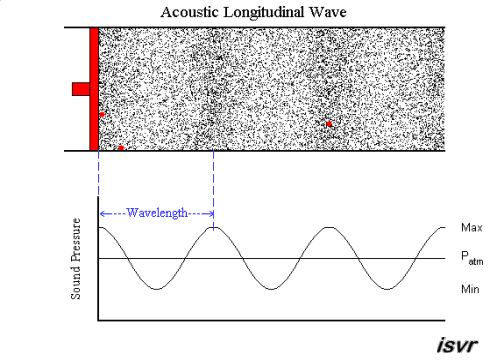Lloyd wrote:Star Formation
Charles, is your axis empty? Looks to me like there should be a filament there.
If the axis is the center of a gas jet (such as the
Pillars of Creation), the entire jet would have the same density, though only the outer surface of the jet, which encounters friction with the surrounding medium, would be the star forming region.
Lloyd wrote:Are your walls made of filaments?
The star forming region on the outer surface of the jet will be comprised of filaments, parallel to the axis of the jet. Imagine a row of
needle bearings around a cylindrical housing. Each of those needle bearings can collapse legnthwise into a roller bearing (so to say) at its center. This is where the star will form, if the entire filament collapses.
Lloyd wrote:How many filaments around each axis?
I don't see a reason for a specific number of them -- it would depend on the radius of the jet. I'm currently considering
SN 1987A as a possible example of this (answering your later questions about possible examples). I count 27 beads on that ring. I suppose that a wider jet would have more.
Lloyd wrote:It seems to me that large filaments that form stars and planets must be made of several levels of subfilaments. If you're going from molecule size to planet and star size, there must be lots of orders of magnitude.
I agree -- I'm trying to figure out which granularity actually corresponds to the star itself. Does the entire needle bearing collapse into one roller bearing in the middle? Or does the entire filament collapse into a stellar cluster? It will take a lot more research to begin to constrain the model to specific geometries at specific granularities.
Lloyd wrote:Planetoidal Collisions
You say planets and stars should have charged comas that attract to a certain distance and below that distance they repel. So would that apply to asteroids and comets too? Would they be repelled from a planet? You have a model for meteor collisions that form thermonuclear explosion craters. Are meteors too neutral or too lowly charged to repel? I assume that bodies on close to head-on collisions might be going too fast for repulsion to prevent collision.
Yes -- an asteroid on a collision course with a planet, coming in at many kilometers per second, will go ahead and collide, despite the electrostatic repulsion (if any). With enough momentum, that's the determining factor, and if electric charges disagree, the excess charges will be sheared off, and the asteroid will continue toward the impact site.
Lloyd wrote:The EU model still relies a lot on EDM, or electric discharge machining. Do you explain in any of your papers why that's unlikely to work?
I started a folder for the various theories of crater & rille formation (though I didn't do much work on it):
QDL / Topics / Science / Astronomy / Comets, Asteroids, and Meteoroids / Craters & Rilles
Lloyd wrote:Solar Wind Destiny
You said a few weeks or more ago that you were trying to find out whether the solar wind leaves the solar system or remains within it or whether it recycles into the Sun. Have you been able to find anything out about that?
No, I haven't found anything new. The question is whether or not the interstellar wind is creating a heliospheric coma, but I haven't found any studies that went looking for it.
Lloyd wrote:Do you think one of those options is most likely? If so, which?
I'm currently entertaining the notion that all of the solar wind gets recycled. The density of the heliosphere out at the heliopause is so sparse that it almost wouldn't make much difference if there was a coma -- almost all of the mass of the heliosphere is within the first several of solar radii. So with respect to the Sun's mass budget, we really should be looking mainly at what goes on in the corona. There is "some" evidence of matter falling toward the Sun. Whether or not we could rationally say that the mass is the same as that ejected by CMEs is a different story. But I still consider it to be an open topic.
Lloyd wrote:And what is the implication for finding each option to be true?
I guess the biggest difference is in the ultimate fate of the Sun. If it is losing mass, then eventually the electrostatic layers will come unglued, and the Sun will flare up as a red giant when the charged double-layers recombine. If the Sun is not losing mass, it will never come unglued, and it will simply get cooler with time.

